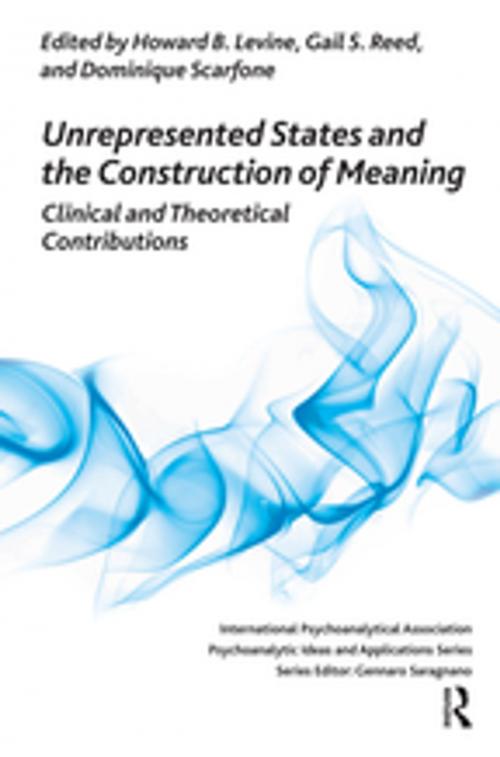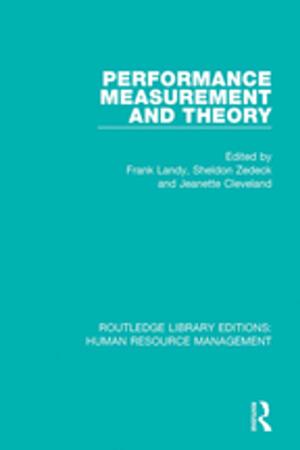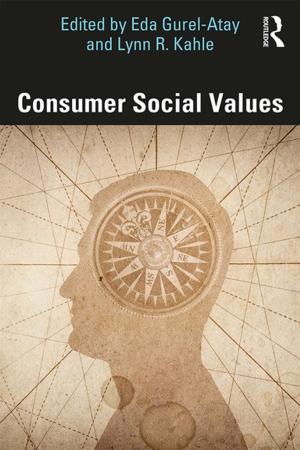Unrepresented States and the Construction of Meaning
Clinical and Theoretical Contributions
Nonfiction, Health & Well Being, Psychology, Mental Health| Author: | ISBN: | 9780429923616 | |
| Publisher: | Taylor and Francis | Publication: | May 1, 2018 |
| Imprint: | Routledge | Language: | English |
| Author: | |
| ISBN: | 9780429923616 |
| Publisher: | Taylor and Francis |
| Publication: | May 1, 2018 |
| Imprint: | Routledge |
| Language: | English |
In the last several decades, the analytic field has widened considerably in scope. The therapeutic task is now seen by an increasing number of analysts to require that patient and analyst work together to strengthen, or to create, psychic structure that was previously weak, missing, or functionally inoperative. This view, which may apply to all patients, but is especially relevant to the treatment of non-neurotic patients and states of mind, stands in stark contrast to the more traditional assumption that the therapeutic task involves the uncovering of the unconscious dimension of a present pathological compromise formation that holds a potentially healthy ego in thrall. The contrast which this book calls attention to is that which exists roughly between formulations of psychic structure and functioning that were once assumed to have been sufficiently well explained by the hypotheses of Freud's topographic theory and those that were not. The former are modeled on neurosis and dream interpretation, where conflicts between relatively well-defined (saturated) and psychically represented desires were assumed to operate under the aegis of the pleasure-unpleasure principle.
In the last several decades, the analytic field has widened considerably in scope. The therapeutic task is now seen by an increasing number of analysts to require that patient and analyst work together to strengthen, or to create, psychic structure that was previously weak, missing, or functionally inoperative. This view, which may apply to all patients, but is especially relevant to the treatment of non-neurotic patients and states of mind, stands in stark contrast to the more traditional assumption that the therapeutic task involves the uncovering of the unconscious dimension of a present pathological compromise formation that holds a potentially healthy ego in thrall. The contrast which this book calls attention to is that which exists roughly between formulations of psychic structure and functioning that were once assumed to have been sufficiently well explained by the hypotheses of Freud's topographic theory and those that were not. The former are modeled on neurosis and dream interpretation, where conflicts between relatively well-defined (saturated) and psychically represented desires were assumed to operate under the aegis of the pleasure-unpleasure principle.















